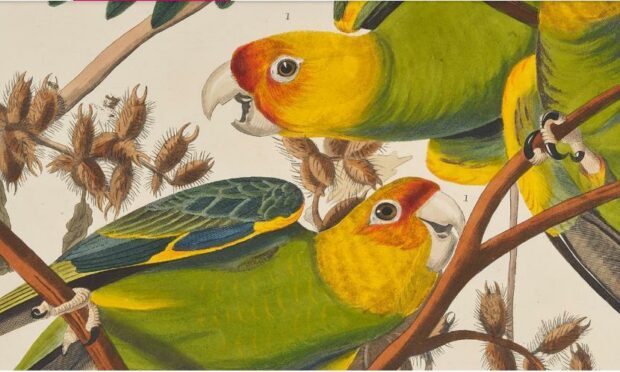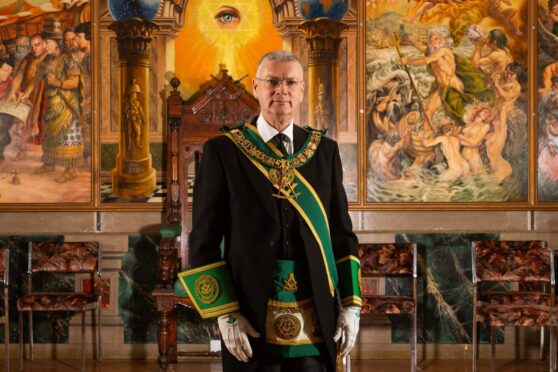John James Audubon’s The Birds of America is one of the collecting world’s great treasures.
In 2010, The Economist magazine estimated that five of the 10 highest prices ever paid for printed books were for copies of The Birds of America.
Half a dozen of them have sold for between £5 – £10 million in the decade since.
Around 1820, Audubon declared his intention to paint every bird species in North America.
A monumental work
The result of this ambition was The Birds of America, published between 1827 and 1838.
The monumental work featured 435 life-size, hand-coloured prints.
Its huge ‘double elephant’ folio size, almost 40 inches wide by 30 tall, took 13 years to produce.
Its size, and its publication as a series of 87 folios, has resulted in the survival of just 120 complete sets worldwide, with only 13 held in private collections.
The Scottish connection
There are, I understand, 21 sets in the UK with three in Scottish institutions, at Glasgow University, Paisley Museum and Glasgow’s Mitchell Library.
In fact, without his first visit to Scotland in 1826, Audubon might never have been able to publish his book.
In Edinburgh he sought out Sir Walter Scott for advice.
He gained scientific assistance from the Scottish naturalist William MacGillivray, visited Edinburgh University’s natural history museum for access to bird specimens, and commissioned the engraving of the first 10 plates from William Lizars of Edinburgh.
Now the Mitchell Library’s copy of The Birds of America, along with 46 original, unbound prints from National Museums Scotland’s collection, plus rare books, letters, ephemera and taxidermy specimens, go on show in a special exhibition at the NMS.
It opens on February 12.










